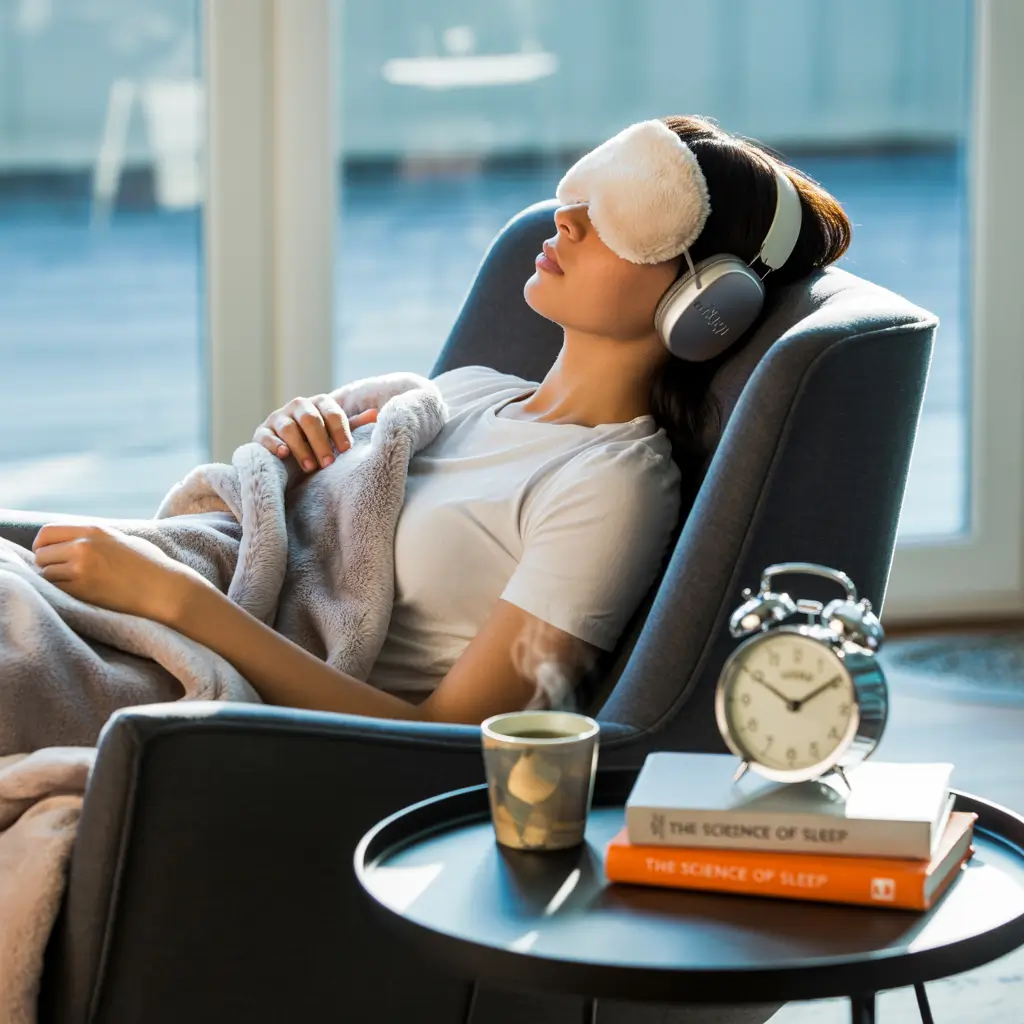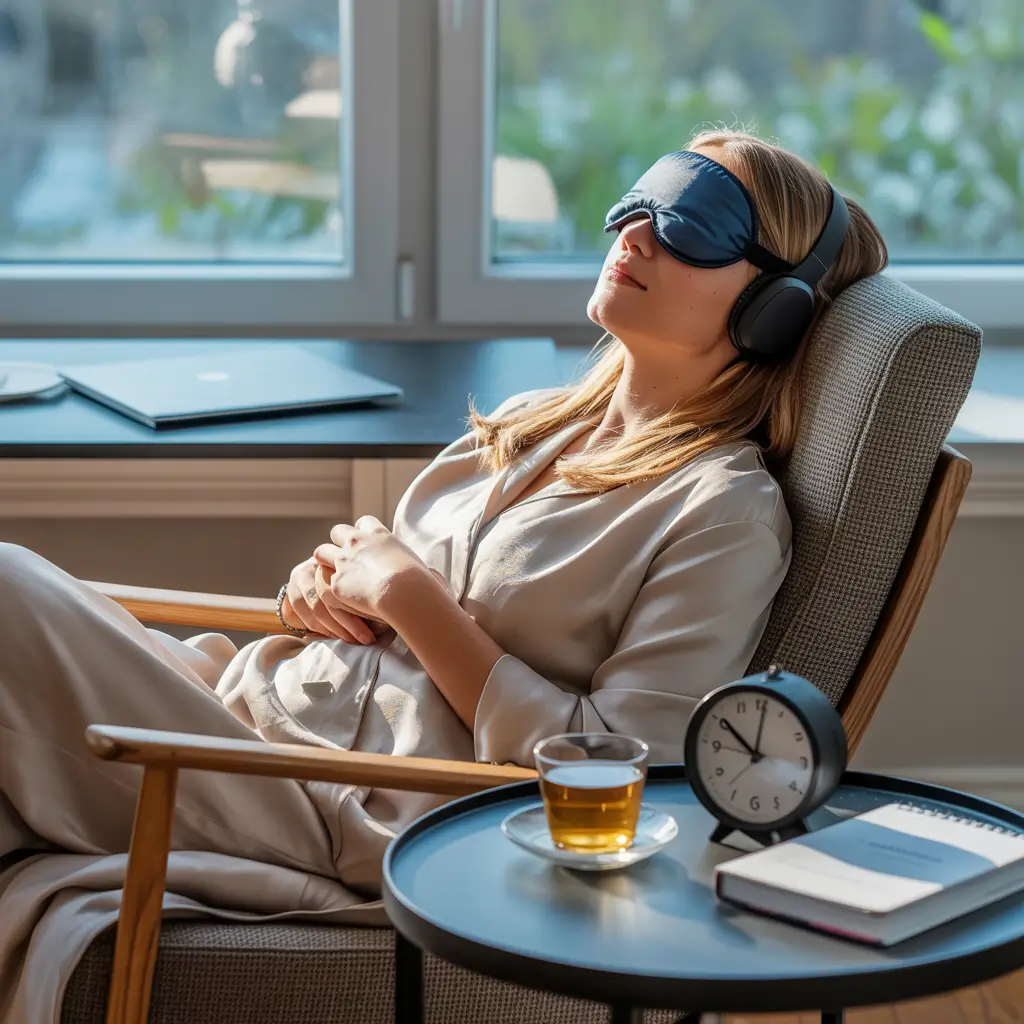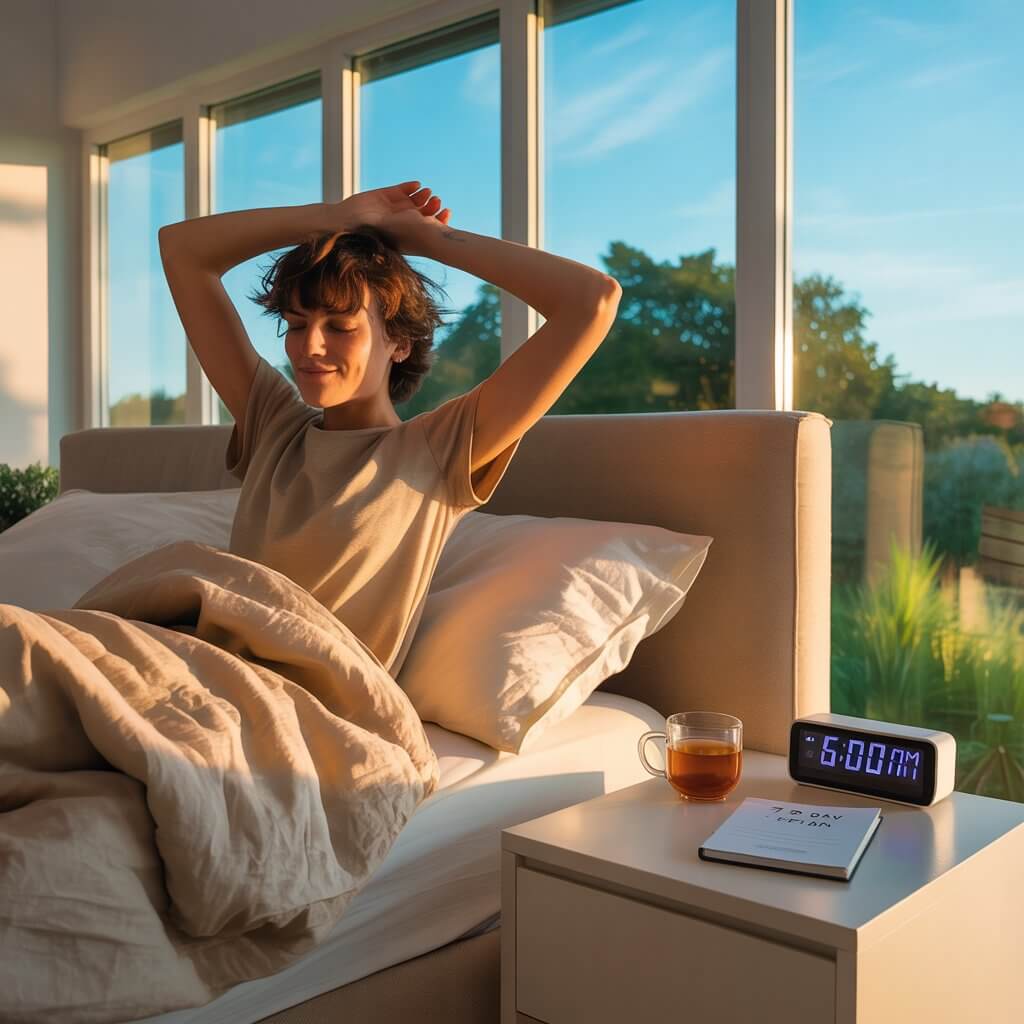Physical Address
304 North Cardinal St.
Dorchester Center, MA 02124
Physical Address
304 North Cardinal St.
Dorchester Center, MA 02124

Feeling sluggish after a poor night’s sleep? Discover how power naps can help you reclaim lost rest, sharpen your mind, and boost mood and energy — all in just 20 minutes. Backed by science, this guide reveals when and how to nap for maximum results."

With productivity always on the line, finding time to rest can feel impossible. That’s why power naps—short bursts of sleep lasting about 10 to 30 minutes—have become a popular solution for recharging energy and boosting mental clarity. Unlike a full night’s sleep, a power nap offers a quick reset, helping you shake off fatigue and sharpen focus without the grogginess that longer naps can cause.
But how exactly do these brief naps work? And can they really replace the sleep you miss overnight? Scientific research into power naps shows that while short naps can provide impressive benefits for mood, memory, and productivity, they don’t fully substitute for a solid sleep routine.
This article dives into the science behind power naps, exploring their effects on the brain and hormones, the best times to nap, and how certain groups like shift workers and biohackers can optimize napping strategies for peak performance. Whether you’re a busy professional, student, or someone struggling with sleep debt, understanding the power of naps can help you reclaim energy and mental clarity during the day.
Power naps don’t just offer a quick recharge; they also trigger important changes in your brain and hormonal balance that promote mental clarity and stress relief. Understanding these effects reveals why power naps can be such powerful tools for combating brain fog and fatigue.
During a power nap, brain activity shifts to support memory consolidation and cognitive restoration. Regions like the hippocampus, crucial for learning and memory, become more active, helping solidify new information acquired earlier. At the same time, the prefrontal cortex — the brain’s executive center for focus, decision-making, and emotional regulation — gets a much-needed break, allowing it to reset and function more efficiently upon waking.
On the hormonal side, power naps help regulate cortisol, the body’s primary stress hormone. Cortisol follows a natural daily rhythm, usually peaking in the morning and declining throughout the day. However, chronic stress or poor sleep can disrupt this cycle, leading to elevated cortisol levels that impair concentration and mood. Short naps help restore a healthier cortisol balance, reducing stress and supporting the hypothalamic-pituitary-adrenal (HPA) axis — the body’s key stress response system.
Moreover, naps influence the production of serotonin and melatonin, neurotransmitters that play critical roles in mood stabilization and sleep regulation. By rebalancing these chemicals, power naps can enhance feelings of calmness and promote better nighttime sleep quality.
The combined brain and hormonal benefits explain why power naps can improve mental clarity and reduce fatigue, especially during periods of high cognitive demand or sleep deprivation. While not a full substitute for nightly sleep, power naps provide a neurochemical reset that helps maintain peak brain performance throughout the day.
Timing is everything when it comes to power naps. To maximize their benefits and avoid disrupting your regular sleep schedule, it’s important to nap during your body’s natural windows of lowered alertness.
Most people experience a natural dip in energy levels during the early afternoon, typically between 1 PM and 3 PM, coinciding with a drop in core body temperature and a lull in the circadian rhythm. This makes it the ideal time for a power nap, as your body is naturally primed for rest. Napping during this window can provide a substantial boost in alertness and cognitive function without interfering with nighttime sleep.
However, napping too late in the day, especially after 4 PM, can interfere with your ability to fall asleep at night, leading to sleep disturbances and grogginess the following day. Avoiding late naps is crucial if you struggle with insomnia or irregular sleep patterns.
Power naps lasting 10 to 30 minutes are recommended to prevent falling into deeper sleep stages, which can cause sleep inertia — that heavy, sluggish feeling upon waking. Short naps allow you to wake refreshed and ready to tackle your afternoon tasks.
For those experimenting with alternative sleep schedules, such as polyphasic sleep—breaking sleep into multiple shorter sessions across 24 hours—strategic napping is essential. Biohackers and shift workers often use planned naps to compensate for fragmented nighttime sleep or to align with irregular work hours.
If you’re a shift worker, early naps before a night shift or brief naps during breaks can help manage fatigue and improve alertness on the job. Knowing your personal circadian rhythms and experimenting with nap timing can help you find the sweet spot for energy restoration.
For shift workers and biohackers, power naps are more than just a quick energy fix — they are an essential part of managing sleep debt and maintaining peak performance under challenging schedules.
Shift workers often face disrupted circadian rhythms due to irregular hours, leading to chronic fatigue and increased risk of errors. Strategic napping before, during, or after shifts can mitigate these effects. For example, taking a 20-minute nap before a night shift can boost alertness and reduce the risk of accidents. NASA’s research on pilots and astronauts demonstrated that a brief nap improved performance and reaction times by up to 34%, underscoring the value of controlled napping in high-stakes environments.
Biohackers often use power naps to hack their productivity and cognitive performance. By combining naps with other techniques like binaural beats, sleep masks, or nap pods, they create optimal nap environments that maximize restfulness in minimal time. Additionally, short naps can help counteract the mental fatigue caused by intense brain activity or long hours of focused work.
Travelers and people experiencing jet lag also benefit from power naps, using them to reset their internal clocks and reduce travel fatigue. Combining naps with light exposure therapy and hydration can further enhance recovery.
Whether you’re working night shifts, hacking your brain for better focus, or recovering from jet lag, power naps are a practical, science-backed tool to improve alertness, mood, and cognitive function without sacrificing your overall sleep quality.

While power naps offer impressive short-term benefits for alertness, mood, and cognitive performance, they cannot fully replace the restorative effects of a full night’s sleep. Sleep debt — the accumulated loss of deep and REM sleep — requires sustained, uninterrupted rest to recover properly.
Power naps serve as valuable tools to temporarily make up for lost energy and improve focus during the day, especially when your schedule doesn’t allow for adequate sleep at night. They can help reduce the impact of fatigue and prevent serious declines in performance, making them essential for shift workers, students, and busy professionals.
However, relying solely on naps without prioritizing good nighttime sleep can lead to chronic sleep deprivation, which negatively affects immune function, memory consolidation, emotional regulation, and long-term brain health. Naps complement but do not replace a consistent sleep routine.
For optimal brain and body function, combine power naps with healthy sleep hygiene practices such as maintaining regular sleep hours, limiting blue light exposure before bed, and creating a relaxing bedtime environment.
In summary, power naps are a scientifically supported way to boost daytime energy and mental clarity but should be viewed as supplements to—not substitutes for—quality nightly sleep.
1. Can power naps make up for lost nighttime sleep? Power naps provide temporary relief from fatigue and improve alertness but cannot fully replace the restorative benefits of a full night’s sleep. They work best as a supplement to, not a substitute for, regular sleep.
2. How long should a power nap be for maximum benefits? The ideal power nap lasts between 10 to 30 minutes. This duration helps avoid deep sleep stages that can cause grogginess and allows you to wake up refreshed and alert.
3. Is it bad to nap every day? Regular short naps can be beneficial, especially if you experience daytime sleepiness. However, excessive or long naps may interfere with nighttime sleep quality, so timing and duration are important.
4. What is sleep inertia, and how can I avoid it? Sleep inertia is the groggy, disoriented feeling after waking from deep sleep. To avoid it, keep naps short (under 30 minutes) and avoid napping late in the day.
5. Can shift workers benefit from power naps? Yes, strategic power naps before or during shifts can improve alertness, reduce errors, and help manage fatigue for shift workers facing irregular sleep schedules.